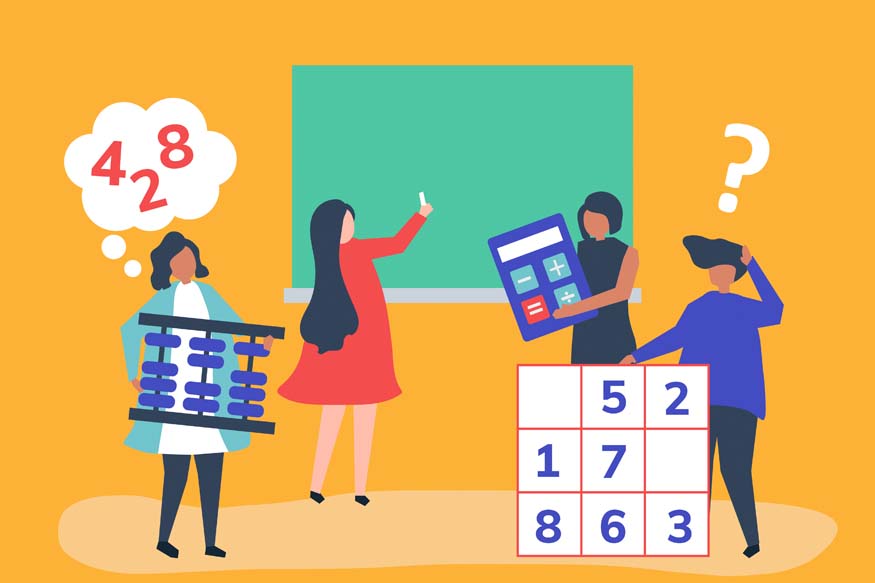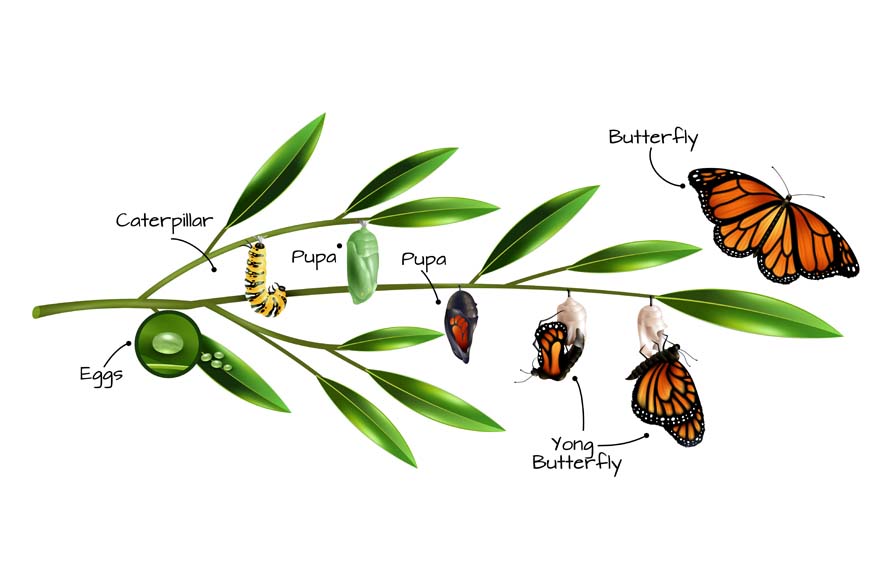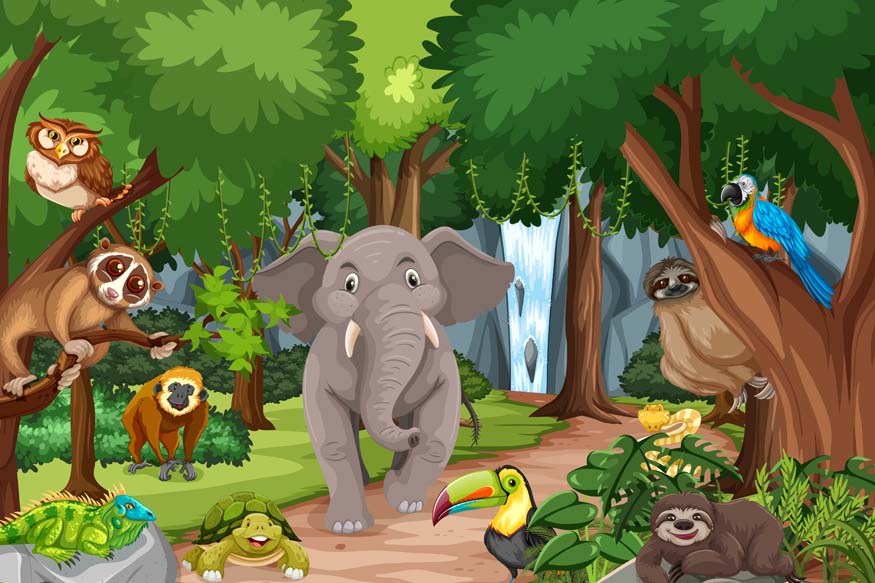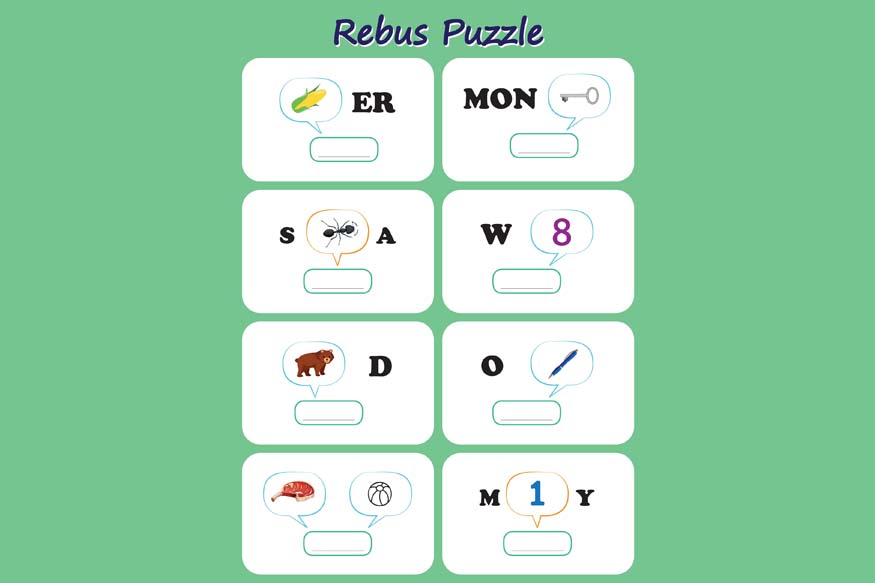Climate change is a critical issue that affects everyone, including young people. Understanding the science behind it helps young learners grasp why climate change is happening, how it impacts our planet, and what can be done to slow it down. In this blog, we will break down the essential elements of climate change in a simple way so that young learners can understand and become more aware of its importance.
- What is Climate Change?
- Weather is the day-to-day condition of the atmosphere, such as temperature, humidity, rain, or sunshine.
- Climate is the average weather in a particular area over a long period, usually 30 years or more.
- Why is the Earth’s Temperature Rising?
- Carbon Dioxide (CO₂): Released by burning fossil fuels (like coal, oil, and natural gas) for electricity, cars, and factories.
- Methane: Emitted by livestock, agricultural practices, and landfills.
- Nitrous Oxide: Comes from fertilisers and other agricultural activities.
- Water Vapour: Naturally occurring but increases with higher temperatures.
- Causes of Climate Change
- Burning Fossil Fuels: Power plants, factories, and cars burn coal, oil, and gas, releasing carbon dioxide into the atmosphere.
- Deforestation: Trees absorb carbon dioxide, but when forests are cleared, that carbon is released, contributing to greenhouse gases.
- Industrial Processes: Factories that make goods like cement, steel, and chemicals also release carbon dioxide and other pollutants.
- Agriculture: Farming animals produce methane, especially from cows, while fertilisers used in crops release nitrous oxide.
- Impact of Climate Change
- How Do We Know Climate Change is Happening?
- Weather Records: By keeping track of temperatures, rain patterns, and other weather data, scientists can observe trends that indicate climate change.
- Ice Cores: Scientists drill into glaciers to extract ice cores, which contain trapped air bubbles. These bubbles reveal the levels of greenhouse gases over thousands of years, showing the link between gas levels and temperature.
- Satellite Data: Satellites help track changes in sea levels, temperatures, and ice cover across the globe.
- Why is Climate Change a Problem for Young Learners?
- What Can Young Learners Do About Climate Change?
- Why Education Matters
Climate change refers to long-term shifts in temperature, weather patterns, and other environmental factors on Earth. These changes are happening much faster today than in the past, mostly due to human activities. Climate change includes global warming (the rise in Earth’s average temperature) and changes in weather and ecosystems worldwide.
Difference Between Weather and Climate
To understand climate change, it’s important to know the difference between weather and climate:
So, while weather might change daily, climate takes years to shift, which is why climate change is seen as a long-term process.
The Earth’s temperature is rising due to the greenhouse effect. This is a natural process that keeps our planet warm enough to support life. Without it, the Earth would be too cold. But when human activities release extra greenhouse gases, this process speeds up, trapping too much heat and warming the planet more than necessary.
What are Greenhouse Gases?
Greenhouse gases are gases in the Earth’s atmosphere that trap heat. The most common ones are:
While some climate change is natural, human activities are the main reason temperatures are rising so quickly. Here are some major human-driven causes:
The impact of climate change is already visible and will continue to affect the Earth in the future.
Here’s how it affects our planet and lives:
Rising Temperatures
The global temperature has risen by about 1 degree Celsius in the last century. This may seem small, but it leads to large-scale impacts like hotter summers and milder winters, causing stress on plants, animals, and humans.
Melting Ice and Rising Sea Levels
Warmer temperatures cause polar ice caps and glaciers to melt, adding more water to the oceans and making sea levels rise. This puts low-lying coastal areas at risk of flooding and increases the chances of extreme weather events.
More Extreme Weather Events
Climate change is causing more extreme weather events like hurricanes, droughts, and heavy rains. These events can damage homes, destroy crops, and harm animals and people.
Changes in Ecosystems
As temperatures and weather patterns change, animals and plants struggle to adapt. Some species may become endangered or even go extinct. For example, polar bears, which depend on ice for hunting, are at risk as Arctic ice melts.
Scientists study climate change through several methods to understand how fast it’s happening and predict future impacts:
Climate change will have the greatest impact on today’s young generation. By the time they reach adulthood, the planet could face significant environmental challenges. Understanding climate change helps young people recognise its importance and encourages them to act responsibly for a sustainable future.
Every action counts in the fight against climate change, no matter how small. Here are some ways young learners can help:
Saving Energy
Reducing energy use at home and school can lower greenhouse gas emissions. Young learners can turn off lights, unplug devices, and use energy-efficient appliances whenever possible.
Recycling and Reducing Waste
Recycling items like paper, plastic, and glass reduces the need for new resources, saving energy and lowering emissions. Avoiding single-use items, like plastic bags and bottles, also helps reduce waste.
Planting Trees
Trees absorb carbon dioxide, making them natural air purifiers. By planting trees or even small plants, young learners can contribute to cleaner air.
Choosing Sustainable Transportation
Walking, biking, or using public transportation can significantly reduce the carbon footprint of each journey, compared to using a car.
Supporting Renewable Energy
Encouraging the use of renewable energy sources, such as solar and wind power, helps to reduce reliance on fossil fuels. Schools and communities can play a part by installing solar panels or using green energy options.
Education plays a key role in climate action. Learning about climate change, its causes, and its impacts prepares young people to make informed decisions. It also empowers them to spread awareness and inspire others. Many schools now include environmental studies as part of their curriculum, making it easier for students to understand the issues and think critically about solutions.
Conclusion
Climate change is one of the most pressing issues of our time, and young learners have a vital role in shaping a sustainable future. By learning about the causes, effects, and actions we can take, young people are better equipped to help reduce climate change and protect the planet.
Schools like Centre Point School (CPS) play an important part in nurturing environmentally conscious students. By providing knowledge and fostering awareness, CPS helps young learners understand the importance of caring for our planet, inspiring them to take small but meaningful actions toward a sustainable future.





